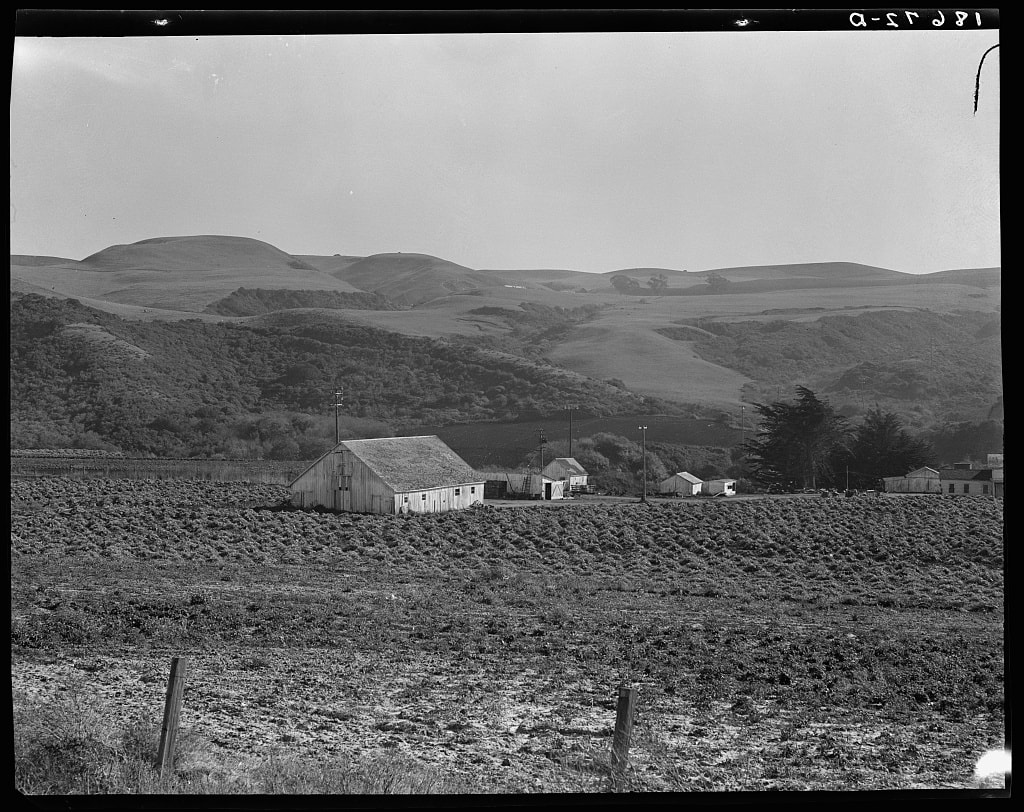 Monticello and Beyond “Getting a job at Monticello is harder than getting into this country,” warned a new acquaintance when I moved to Charlottesville, Virginia, in 1999. At the time, Thomas Jefferson was one of the most popular Founding Fathers, and his historic house museum had long retained an aura of reverence in his hometown. I was thrilled when I managed to land my dream job as the editor-in-chief’s first hire for the newly launched Papers of Thomas Jefferson: Retirement Series. I couldn’t believe my luck as I traveled around the house and property during my full-day orientation, meeting the curators, archaeologists, tour guides, and researchers who would be my new colleagues. But the beautifully restored house and grounds belied the controversy that was challenging its complacent reputation. Applying legal standards of evidence, lawyer and scholar Annette Gordon-Reed had published a damning book demonstrating how (white, often male) historians had for over a century applied different standards to historical evidence about Jefferson’s relationship with his enslaved servant Sallie Hemings. They had accepted white descendants’ oral tradition denying that Jefferson had fathered her children, for example, while discounting black descendants’ oral tradition that he had. A DNA report linked the Hemings and Jefferson genes. The same month I started my new job, the head archaeologist completed a statistical analysis showing the vanishingly small likelihood that the children had been fathered by anyone other than Jefferson, whose trips to his plantation were well-documented, along with notations of the birth of Hemings’ children nine months later. Monticello’s administration put out a statement, since updated, that Jefferson had likely fathered one if not more of Hemings’ children. I was surprised by the backlash. Docents quit. People called for the resignation of Monticello’s president. A new group of Jefferson fans and historians formed to refute the claims. Trying to understand these reactions, and how closely (and selectively) people identified with the past, planted the seeds of what became my novel Folly Park. Today, Monticello tour guides unequivocally state that Jefferson fathered Sallie Hemings’ children. Gordon-Reed sits on Monticello’s board. In 1999, those developments could hardly have been imagined. By reconsidering accepted history and standing by the new truths uncovered, Monticello’s administration created the foundation for eventual change. Similarly, when Jefferson included the idea that all men are created equal in the Declaration of Independence, he laid the groundwork for later Americans to claim it as their birthright. We can’t know the future, but perhaps we can make it better by doing the right thing today. Image above: Me at Monticello in 1977 and in 2000.
0 Comments
 Getting Down To Earth A second ago is already history. People alive today could have had a grandparent who was born before the Civil War. You are younger right now than you will ever be again. Take a moment to let some of those ideas sink in… I mean really sink in… Ok. My point is that paying close attention to the implications of time passing can often make us take a deeper look at our lives and the world around us. Usually, we just go about our daily business without pausing to pay attention, but once in a while we’re pulled up short. Memorably, that happened to me in a Glasgow art gallery in 1999. I don’t remember the title or theme of the exhibit, but it included a series of depressing black and white photographs of post-WWII homes boarded up and abandoned. This was the Love Canal in Niagara Falls, NY, which I vaguely remembered hearing about when I was a kid growing up not far away. I didn’t remember why the small community had gained enough notoriety to be displayed in an exhibit in Scotland 25 years later. Belying a name that evokes visions of a romantic excursion, according to the EPA Journal, “Quite simply, Love Canal is one of the most appalling environmental tragedies in American history.” For decades, the Hooker Chemical Company turned a half-completed canal into a dumpsite then later covered it over and sold the land. Houses and schools were built on it. In 1978, heavy rainfall triggered leaching and toxic, carcinogenic chemicals were released into the soil and air. Trees died, playing children suffered burns, babies were born with birth defects, and people got very sick. Two hundred homes were abandoned, and the area was designated a Superfund site. I was only ten years old in 1978, but what is happening around me right now that I am not noticing? What are the potential “Superfund sites” in my life and community that need and deserve attention? Looking back, what will I wish I had done something about? Image above: Artichoke ranch near Half Moon Bay, California. November 14, 1938, by Dorothea Lange, Library of Congress. Around the corner from where we live in Half Moon Bay. It's now a non-profit sustainable agriculture enterprise called Sweet Farm. |
AuthorHeidi Hackford explores how past and present intersect. Archives
November 2023
Categories |